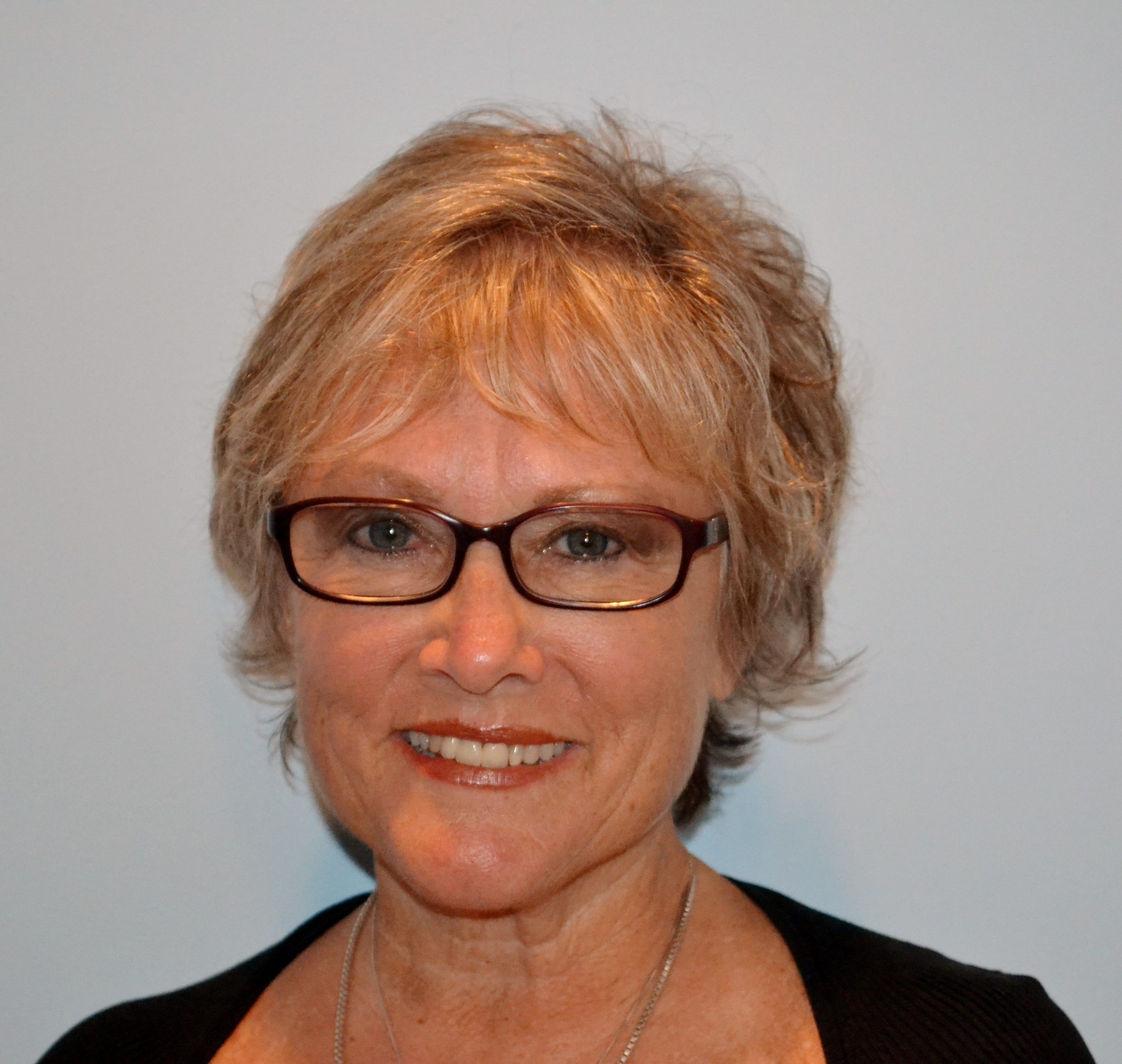 Engaging Patients Through Apps
Engaging Patients Through Apps
By Carolyn Hartley, MLA
Physicians EHR, Inc.
Last week, as I sat in a waiting room, I pulled up my smart phone to wisely manage my time and conquer another level on Candy Crush. The game’s corny music also started up a conversation among fellow waitees. “What level are you on?” A ten-year old boy got me through level 30 and showed me how to find cheat sheets online (Thanks Logan!) while his mom filled out his medical, social, family, and payer histories on paper.
When’s the last time your patients got excited about an app in your waiting room? Is your patient portal that sticky? Sticky is an X-Box game that uncovers secret panels or rewards users. It’s an app that is still on a smart phone 30 days later. Patient portals are still kind of… well… boring and clinical.
While health IT technology is constantly being built, updated, installed and changed again, an entirely new breed of commercial patient health apps has hit the market. (Sometimes you have to look outside the window to see the train plowing through your front door.) What these apps have in common are bright colors, gamesmanship, medical cost comparisons, a response to the consumer marketplace, and an alert when patient data are out of range that says, “You need to call your doctor.”
Emerging consumer mobile applications tend to focus on solving three patient problems:
- How can I manage my family’s health issues and stay out of the hospital?
- Given my health coverage, how much will this (procedure, surgery, treatment) cost?
- How good is my doctor?
1) How can I manage my family’s health?
Of the 100,000 or so health-related smartphone apps, the ones that have earned the stickiness factor from our humble review team include the following:
Scanadu, the first medical tricorder with sensors that read the body, send results wirelessly to a smart phone with instructions on next steps. Rest, drink fluids, or call your doctor. If you offer a care management service, mobile health apps like this one provides data on what’s happening to the patient between visits.
AliveCor is a smart phone based heart monitor that sends electrocardiogram (ECG) results to a US cardiac technician with preliminary findings sent back in 30 minutes to 24 hours.
Dario’s smartphone-compatible glucose meter is the size of a cigarette lighter with an adapter that connects into a smartphone’s audio jack.
Not sure if your loved one has sleep apnea? Take results from last night’s sleep study on ResMed to a physician.
Swathsya Slate is the first device we’ve studied that seems to pull many of these diagnostic tools together into one pocket sized unit. An initiative of the Public Health Foundation of India, this tool is being used by trained women (called Asha) to visit people in remote villages and send results to a licensed clinician for treatment advice – a modified telemedicine product for in-home use.
The American Red Cross published a First Aid app handles common first aid emergencies. Red Cross also retrofitted the app immediately following Hurricane Sandy to help victims of natural disasters connect with families.
2) What is my health coverage?
The newly insured or those who had to purchase new coverage are looking to payer-specific mobile applications to learn more about their plans, coverage, and guidance on whether a physician, specialist or surgeon is inside or outside their network. Humana, Cigna, Blue Cross Blue Shield, United Healthcare, Aetna, and Anthem provide mobile apps to help consumers find an in-network provider, and also track costs. As providers try to keep up with new policies, ask patients if they know anything about their payer app.
Most consumers also don’t know how to analyze and compare the cost, for example of a Level I Nerve injection from Data.gov, or know whether their costs are in line with national averages. A new website, www.OpsCost.com, helps consumers do just that. Here, you key in your zip code and the type of upcoming surgery to find a list of nearby surgical facilities, information about the doctor, and possible complications for the type of surgery or procedure needed. For example, I looked up the cost of this nerve block in my zip code and found three locations within 4 miles of my home billing an average of $1,098 for the injection. However CMS reimbursed an average of $168.00. A consumer who carried only catastrophic insurance could negotiate a $168 fee and the hospital might consider this an administrative simplification.
3) How good is my doctor?
In vitro fertilization clinics, until 2014, have been the only specialty, including primary care that consistently reported their success rate. Want a huge awareness kick? Look yourself up on any search engine and read the reviews. I recently looked up the rating for a pathologist client who doesn’t even see patients. He had a 1 rating from a patient who called him a schmuck! My favorite tool for HIPAA-secure reputation management is one of our health IT exchange partners, and I’d love to tell you more about them.
If you’d like more information on any of the tools or guidance in engaging patients in your practice, please give us a call at 919-859-9907 or send me an email.
This article was originally published on Physicians EHR and is republished here with permission.
